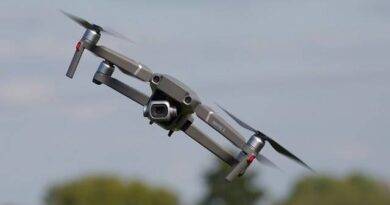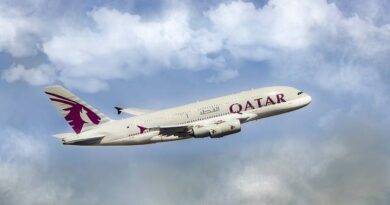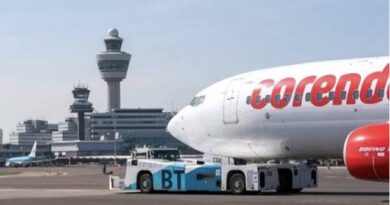Difference in Technological Development Between Countries and its Effect on Aviation
There is a significant difference in technological development between countries, which has had a significant impact on the aviation industry. Technological development is critical for the growth of the aviation industry, and countries that are leaders in technological innovation have an advantage over others. In this response, I will discuss the difference in technological development between countries and its effect on aviation.
Aircraft Design
One of the main ways in which technological development affects aviation is through aircraft design and manufacturing. Countries that are leaders in technological development are also leaders in aircraft design and manufacturing. For example, the United States, which is a leader in technological innovation, is also the home to major aircraft manufacturers such as Boeing and Lockheed Martin. These companies have been able to design and manufacture aircraft that are more advanced and efficient than those produced by other countries.
Air Traffic Management
Another way in which technological development affects aviation is through air traffic management. Countries with more advanced technology are better able to manage their air traffic, resulting in more efficient and safe flight operations. For example, the European Union’s Single European Sky initiative aims to modernize Europe’s air traffic management system through the use of advanced technologies such as satellite-based navigation and communication systems.
Airport Infrastructure
The impact of technological development on aviation is also evident in the field of airport infrastructure. Countries with more advanced technology are better able to build and operate airports that are more efficient, safer, and more environmentally friendly. For example, the United Arab Emirates has built several state-of-the-art airports, including the Dubai International Airport, which is one of the busiest airports in the world.
However, the difference in technological development between countries can also create challenges in the aviation industry. Countries with less advanced technology may struggle to keep up with advances made by other countries, resulting in a technological gap that can have a negative impact on their aviation industry. For example, African countries have been slow to adopt advanced technology in their aviation industry, resulting in limited connectivity and capacity.

In conclusion, the difference in technological development between countries has a significant impact on the aviation industry. Countries that are leaders in technological innovation have an advantage in aircraft design and manufacturing, air traffic management, and airport infrastructure. However, the technological gap between countries can also create challenges for the aviation industry. Governments and industry stakeholders must work together to ensure that all countries have access to advanced technology and the necessary resources to develop their aviation industry.
References:
- Boeing. (2021). Boeing Commercial Airplanes: A Better Way To Fly. Retrieved from https://www.boeing.com/commercial/
- European Commission. (2021). Single European Sky. Retrieved from https://ec.europa.eu/transport/modes/air/single_european_sky_en
- Dubai Airports. (2021). Dubai International Airport. Retrieved from https://www.dubaiairports.ae/about-daa/dubai-international-airport
- International Civil Aviation Organization. (2021). Regional Economic Outlook. Retrieved from https://www.icao.int/sustainability/regional-economic-outlook/Pages/default.aspx


